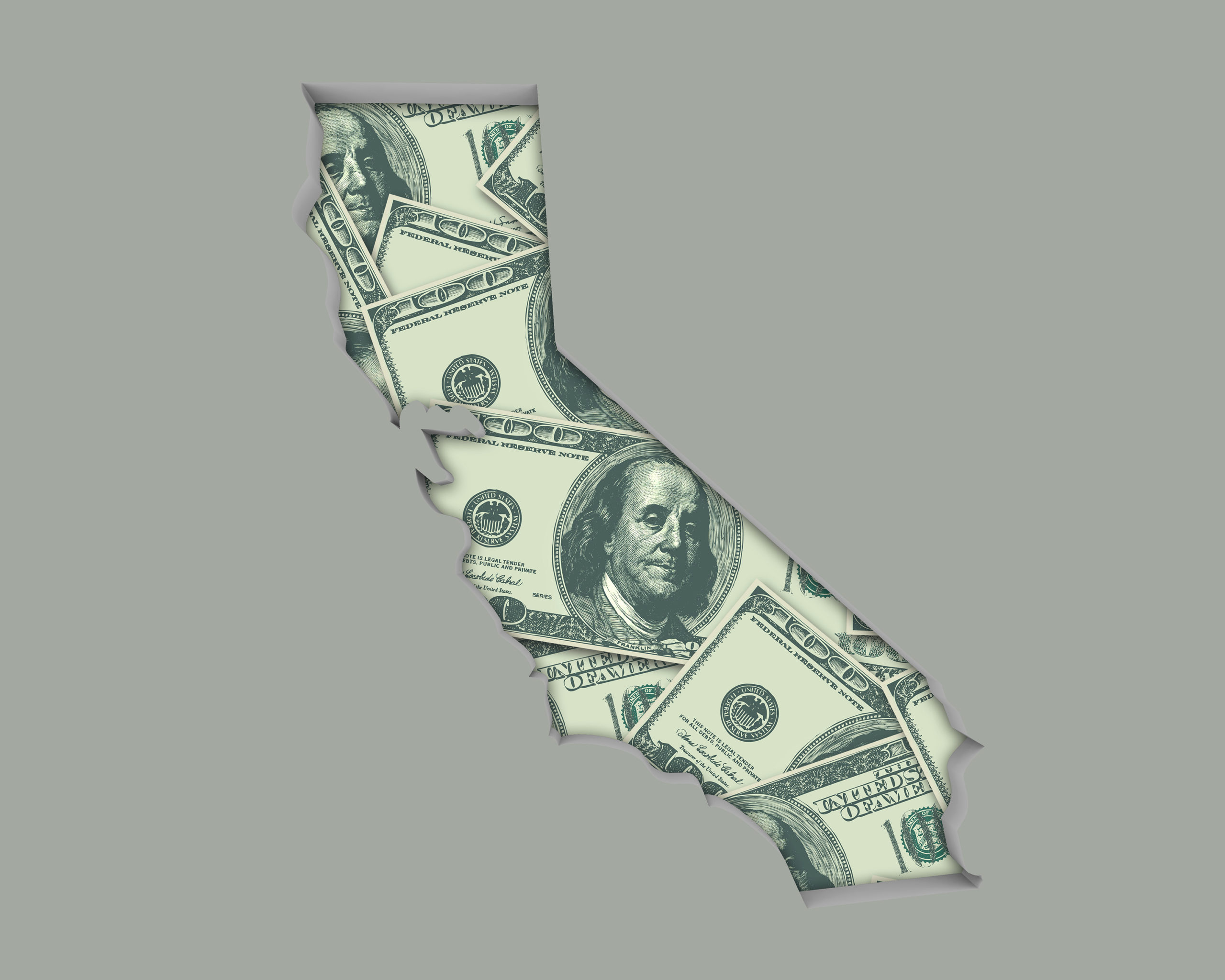The well-worn stereotypes of urban sophisticates versus country bumpkins took a hit in July when an up-and-coming French economist explained her latest findings in The Economist, a publication with more than 1.2 million subscribers globally and significant influence with policymakers in the English-speaking world.
“Some groups are more likely than others to see the world in zero-sum terms,” wrote Stefanie Stantcheva, founder of Harvard’s Social Economics Lab and this year’s recipient of the John Bates Clark Medal, in one of the magazine’s prestigious “By Invitation” essays.
Then came the macroeconomic equivalent of a dubstep drop. “People in cities, for example, tend to think this way more than those in rural areas,” Stantcheva wrote, chalking some of this up to “intense competition for housing and jobs.”
The Harvard economist also found that some education can help, but it can hurt even more. “People with more formal education are less likely to see the world as zero-sum,” she wrote, “but the pattern flips among the highly educated: those with PhDs often show the strongest zero-sum beliefs.”
Her research also found that the younger generations who populate American cities in greater numbers than their forebears “are much more zero-sum than older ones.”
If you are not an economist or at least an econ geek, you may wonder what all the fuss is about, so I’ll clue you in on some jargon: “zero-sum” is practically a swear word among economists. (It wouldn’t surprise me if some economist somewhere bashed his shin and exclaimed, “zero-sum it!”) They regard it as a stupid game that only very foolish people would play. So what, exactly, is it?
“A zero sum game is a situation where losses incurred by a player in a transaction result in an equal increase in gains of the opposing player,” the Corporate Finance Institute’s guide explains. “It is named this way because the net effect after gains and losses on both sides equals zero.”
In other words, resources are a fixed pie chart for zero-sum thinkers. The game then becomes how to slice that pie, who gets what and who misses out. This kind of thinking is, almost by definition among economists, considered backwards thinking. And it has now been found to be most prevalent in folks who would look down from their ivory towers on those hicks in the sticks.
The actual lived reality here is muddy. Stantcheva acknowledges as much when she notes that zero-sum thinking does not “fall neatly along party lines,” is thus not a “clearly left-wing or right-wing mindset,” and “can lead people to support policies from both ends of the political spectrum.”
That is all certainly true but, let’s not let self-satisfied city slickers off so easy. Politicians in many of America’s most populous metropolises regularly back policies that are either zero-sum initiatives or at least zero-sum adjacent. Some of these ill-thought policies include rent control, restrictive building codes, housing-first homeless policies, confiscatory taxes, unfair restrictions and bans on gig workers, and, recently, harsh COVID crackdowns.
Voters are not responsible for every stupid thing the politicians they elect do, of course, but by and large they do keep sending them back to office. At some point, one’s sympathy tends to wane. “Democracy,” H.L. Mencken warned, “is the theory that the common people know what they want, and deserve to get it good and hard.” And boy is that true in many American cities with their high taxes, high crime and loud sirens that punctuate the night.
Stantcheva tried out all sorts of explanations for why some zero-sum divides exist. Zero-sum thinking “stems from people’s economic environment and experiences—not only their own, but also those of their families and even earlier generations,” she theorizes, with some evidence. Yet it’s clear, from her Economist article and her original working paper, that the urban-rural divide is a bafflement.
“Zero-Sum Thinking and the Roots of U.S. Political Differences,” was written by Stantcheva along with Sahil Chinoy, Nathan Nunn and Sandra Sequeira, professors from Harvard, the University of British Columbia, and the London School of Economics, respectively, and disseminated this year. They explain that the zero-sum concept was first proposed (as an “image of limited good”) by the late anthropologist George Foster to understand society in rural Mexico.
“This viewpoint can easily emerge in a world where critical resources and assets are in limited supply,” the authors write, but what about places that are generally loaded with them, such as, oh let’s say, most modern American cities?
The professors’ hand-waving about intense competition for limited resources won’t cut it. Populations in American cities pale in comparison to larger metropolises around the world such as Tokyo (37 million), Delhi (34.7 million), and Shanghai (30.5 million). The only way that New York (19.2 million) even makes the list, at number 10, is by reaching across state lines to New Jersey.
Taking a cue from Stantcheva’s own zero-sum anthropology (economic environment plus experience), one might offer a different explanation for such limited thinking in cities, namely the reach and volume of urban politics. Electoral politics, remember, actually is a zero-sum game, and that’s by design. The number of offices is limited and candidates compete for those few spots.
Add patronage to the mix and a great number of jobs and contracts can hinge on one candidate prevailing over another. City dwellers see this dynamic shaping the world around them. It affects how they think about gains and losses, surely.
Conversely, I live in a rural farming town in northwest Washington state. It is far from perfect. Occasionally residents here even exhibit zero-sum thinking that would make a Harvard economist wince.
However, when we see a pie, we don’t immediately think of how to divide it up to our narrow benefit and scheme to exclude folks. That’s because we know, from our own experience, that you can always grow more ingredients and make another pie. It might even taste better than the one currently on the table.
Jeremy Lott writes from Lynden, Wash., where he has judged at least one pie contest. He is the author of many books, most recently “The Three Feral Pigs and the Vegan Wolf

